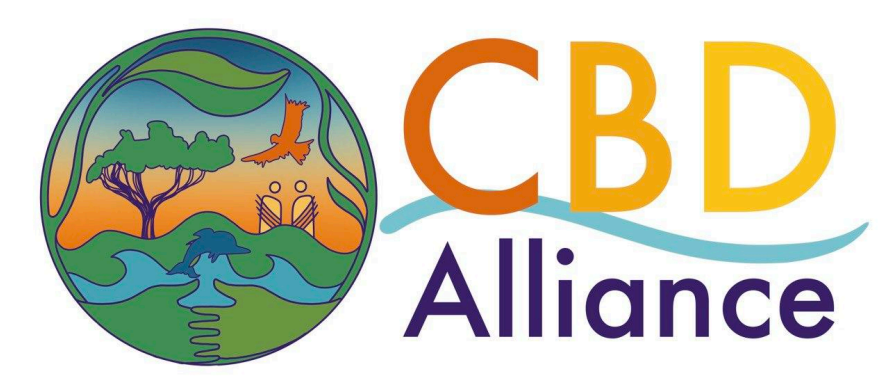Juliette Landry, IDDRI
The GBF and the multidimensional approach for planning, monitoring, reporting and review adopted at COP15 marks a significant step to close the “implementation gap” by enhancing the coherence between international ambitions and national efforts. Review mechanisms give the global community the tools to measure and track progress and course correct as needed before the 2030 deadline, thereby reinforcing accountability and enhancing global biodiversity governance. A review with purpose: more than just tracking progress
A meaningful review process doesn’t just track numbers. It identifies solutions, uncovers barriers (for instance regarding international cooperation), and highlights transformative pathways for achieving the GBF. The goal is to learn from each step, making necessary adjustments to keep pushing forward, without resorting to a punitive approach.
Diverse voices and data, stronger outcomes
By bringing together different knowledge systems (scientific, technical, and local perspectives) the review becomes more robust. Civil society, indigenous communities, and local groups must have their voices heard. It will also provide a more comprehensive understanding of the progress, challenges, and opportunities in implementing the GBF, at all levels. Institutionalizing the inclusion of these inputs and these dialogues ensures an inclusive and participatory approach to biodiversity governance.
Filling the gaps: anticipating challenges
For the review to be truly effective, we must anticipate potential gaps, whether in data collection, national reporting, or stakeholder engagement. Proactive efforts to address these issues will be key to ensuring the review process delivers on its promises.
By promoting a culture of continuous improvement and transparency, Parties and stakeholders can strengthen the overall effectiveness of the review process and enhance global
biodiversity governance.
